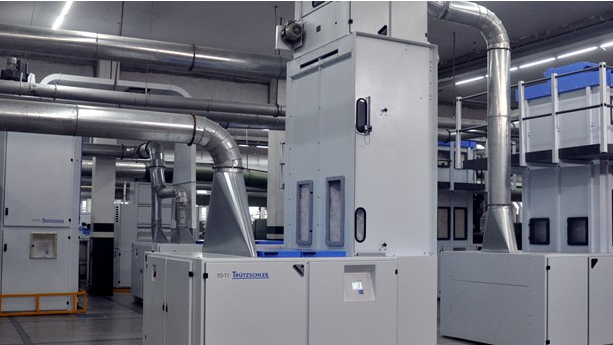The ACIMIIT Green Label
At the heart of the Sustainable Technologies initiative of the ACIMIT, is its Green Label project that has been developed to identify the energy and environmental performances of textile machinery and make them easily recognisable and comprehensible, using a process designated by manufacturer as an evaluation parameter. It is not a self-referenced label, but a certification that ensures compliance with norms, says Mauro Badanelli of the Association of Italian Textile Machinery Manufacturers.
Garments containing no toxic substances, produced with zero emissions that have consumed less energy and water: trends are changing, and companies in the textiles and clothing sector are seeking balance between economic, environmental and social impacts for their ideas.
Consumers too have changed. An international survey conducted in 2014 has revealed that 55 per cent of interviewed people are willing to spend more for products and services offered by companies that show a commitment to social issues and the environment, and that half of purchases are made with consumers checking the product’s labelling.
Furthermore, in many countries the government authorities have set strict targets concerning savings in water, energy and raw materials, thus enabling local legislation to act as a driver in the decision-making processes of textile manufacturers in terms of sustainability.
Therefore, on the one hand consumers are far more attentive to environmental issues, and on the other businesses have become increasingly aware that striving for a clean and transparent supply chain is a smart business model that reduces manufacturing costs while providing a competitive edge.
For the textiles and garment industries, the challenges arising from these changes (both in the public opinion and perception of businesses) represent concrete opportunities to increase production efficiency and reduce costs. The quest for sustainability increases a company’s competitiveness, and technology investments are a key factor in achieving this goal. Today, innovation is closely linked to sustainability; in the textiles/clothing sector, attention to what might be the environmental impact of a single production process influences the entire value chain.
We buy and sell textile machinery

Leave a Reply
You must be logged in to post a comment.